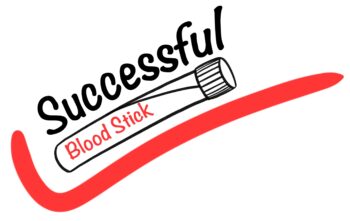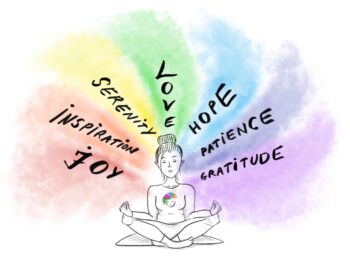If you’re a special needs mom, you probably know the feeling of time slipping away all too well. Balancing the demands of your child with special needs while finding time for yourself and your family is a constant challenge. For the last 15 years, I’ve been on this journey since my son, Stony, was born with Prader-Willi Syndrome and autism. The urgency to support him, to stimulate his development, and to meet his needs meant that nearly every moment of my day was focused on him. I found myself exhausted and overwhelmed, with little to no time left for myself or my own goals.
Alongside Stony, my younger daughter added to the pressure as she was home-educated and constantly needed engagement. Between their needs, my schedule felt chaotic, and my dreams and personal projects started to disappear. For years, I tried to keep up with the demands, but I was always looking for a better way to manage my time and energy.
Fast forward to now: my children are both teenagers, but the demands haven’t faded. My daughter is still home-educated, and Stony continues to need structured support. After all these years, I’ve finally realized a major factor in my struggle – and it only hit me recently when I came across a concept known as the Pareto Principle, or the 80/20 Rule, explained in a book called The 80/20 Principle by Richard Koch.
The 80/20 Rule was a revelation. It was almost too simple to believe, but it highlighted a truth I’d overlooked: 80% of our results often come from just 20% of our efforts. For me, this idea was transformative. It dawned on me that by identifying and focusing on the most impactful tasks, I could save time and energy in ways I hadn’t considered before.
What is the 80/20 Rule?
In simple terms, the 80/20 Rule, also known as the Pareto Principle, suggests that 80% of our outcomes often result from just 20% of our efforts. Applied to our lives as special needs parents, this principle can mean prioritizing the tasks and routines that provide the greatest benefits to our children and ourselves while letting go of or simplifying the less essential tasks.
How Can the 80/20 Rule Help Special Needs Moms?
For those of us constantly pressed for time, this rule can be a lifesaver. Here’s how applying the 80/20 Rule might help:
1. Identify High-Impact Tasks: Look for the daily tasks that provide the most support or benefit for your child or family. These might be specific routines, therapies, or interactions that have the biggest impact on their day-to-day well-being.
2. Simplify Lower-Impact Activities: Some tasks, while helpful, don’t necessarily create a big improvement in your day. Decide which chores, errands, or even social obligations can be reduced or delegated.
3. Prioritize Self-Care: Many of us place ourselves last, but self-care is often in the 20% that can create 80% of our energy and resilience. Small, consistent self-care practices can have a massive effect on our overall well-being and ability to support our children.
Practical Steps to Start Using the 80/20 Rule
If you’re ready to experiment with the 80/20 Rule, here are a few steps to begin:
• Make a List of Daily and Weekly Tasks: Write down everything you’re doing right now, from therapy sessions to meal prep to self-care.
• Evaluate Impact: Identify which activities contribute most to your well-being and your child’s progress.
• Cut Back on Low-Impact Activities: Consider removing or delegating tasks that take a lot of energy but provide minimal benefit.
• Start Small: Try shifting one or two tasks at a time instead of overhauling your entire routine.
Embracing the 80/20 Mindset
Learning to let go and simplify isn’t easy, but the 80/20 Rule offers us a guide to preserve our energy, time, and focus. I wish I’d discovered this principle years ago; it might have saved me from years of stress and exhaustion. So, to all my fellow special needs moms, I encourage you to try this approach – it might just give you back a bit of time for yourself and your family.
Illustration Ideas:
1. A visual representation of the 80/20 Rule: An image showing 80% of benefits or results coming from 20% of efforts. This could include icons or symbols for activities like family time, self-care, and therapy, contrasted with less impactful tasks.
2. A “before and after” comparison: One side could show a chaotic daily routine filled with numerous tasks, while the other side illustrates a simplified, prioritized routine, showcasing a more relaxed, balanced lifestyle for a special needs mom.
Finally, I can’t recommend The 80/20 Principle by Richard Koch enough—it opened my eyes to a new way of managing my time and energy. For any mom looking to reclaim even a small piece of her day, this book is a must-read!







